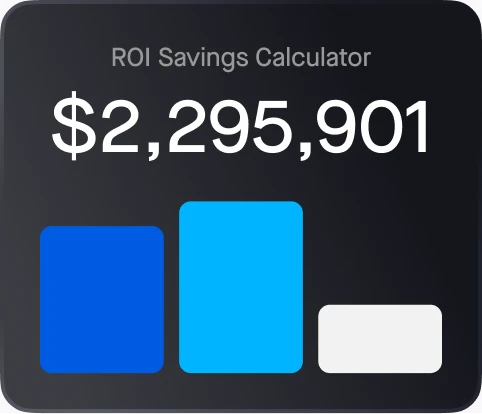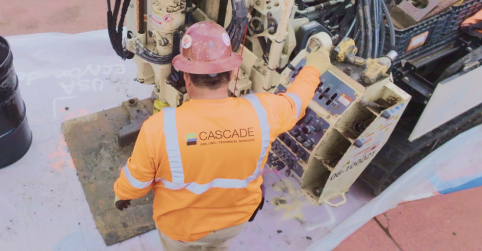Discover how computer vision is reshaping safety, productivity, and profitability in the utility sector.
Utility companies are an important part of the physical economy, keeping homes and businesses running. With complex operations and expensive assets like bucket trucks and specialty equipment, utility managers grapple with a wide range of challenges. Tasked with improving fleet safety and driving efficiency, utility managers have turned to computer vision,an innovative type of AI transforming the utility sector.
Whether it’s monitoring job sites or improving vehicle safety, computer vision provides unparalleled visibility and protection for utility teams, both at the office and in the field. Here’s how this game-changing technology is setting a new standard for utility operations.
What is computer vision?
Computer vision is a type of artificial intelligence (AI) that enables machines to interpret and analyze visual data in real time. It can detect and identify objects, alert to unsafe conditions, and verify that workers are complying with safety protocols or wearing protective equipment.
According to Motive’s Physical Economy Outlook 2024, 76% of physical economy leaders see AI as a valuable tool that can provide real-time visibility into their operations. Yet only 25% are actually using it. In other words, there’s a massive disconnect between those who recognize AI’s potential — and those who are actively benefitting from it. Utility companies have a big opportunity here to gain a competitive edge.
Improving safety through real-time insights
Utility workers often operate in high-risk environments. On any given day, they may find themselves climbing utility poles or working near gas lines. In these dangerous environments, the Motive AI Omnicam and AI Dashcam can create safer outcomes, providing real-time protection for workers in the field.
- In-cab safety: AI dash cams can detect and alert drivers to unsafe behaviors such as distracted driving or harsh braking. As drivers’ awareness improves and risk declines, workers are more likely to avoid accidents and arrive to the job site safely.
- On-site safety: AI Omnicams mounted on the arms of bucket trucks can monitor activity on job sites, ensuring that workers follow safety protocols like wearing PPE. Proper safety gear protects workers from injury and keeps projects on track. When one customer mounted the AI Omnicam on their cranes to monitor job sites, they spotted a worker without a hard hat. The manager was able to use the footage as a coaching tool, helping to prevent future accidents.
By proactively addressing safety risks, utility companies can protect their workforce, stay compliant, and avoid costly fines, along with medical expenses and legal liability.
Improving productivity and asset utilization
Fleet managers at utility companies oversee diverse assets, from pickup trucks and work vans to bucket trucks and specialized equipment. Computer vision helps maximize fleet management productivity by offering:
- Real-time visibility: AI-powered cameras monitor vehicles and equipment, detecting maintenance needs before breakdowns occur.
- Enhanced efficiency: Managers can track utilization rates via telematics systems to be sure vehicles and equipment are being used effectively, avoiding unnecessary costs for idle assets.
Taking a proactive approach to safety minimizes downtime and ensures that utility crews have the tools they need to maintain vital services without interruption or delay.
The time to act is now
Utility companies operate in a high-stakes environment where fleet safety, efficiency, and profitability are paramount. Computer vision technology provides tools needed to transform operations and meet these demands head-on.
Ready to see how computer vision can revolutionize your utility business? Download our 2025 Guide to Computer Vision to explore use cases, learn how to choose the right vendor, and prepare your team for this innovative technology.




